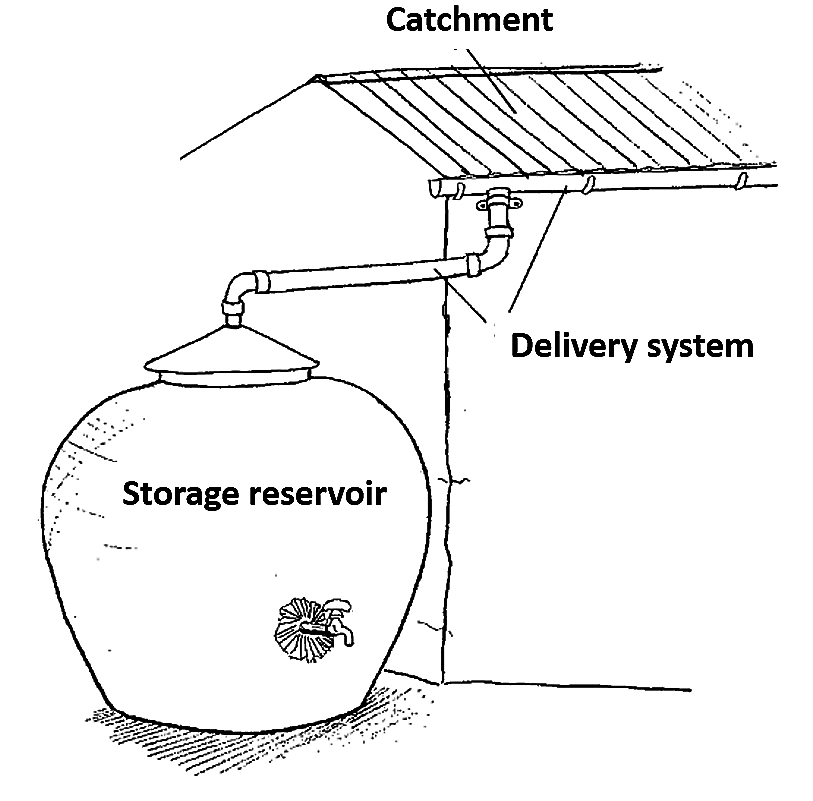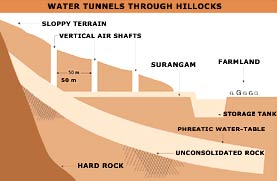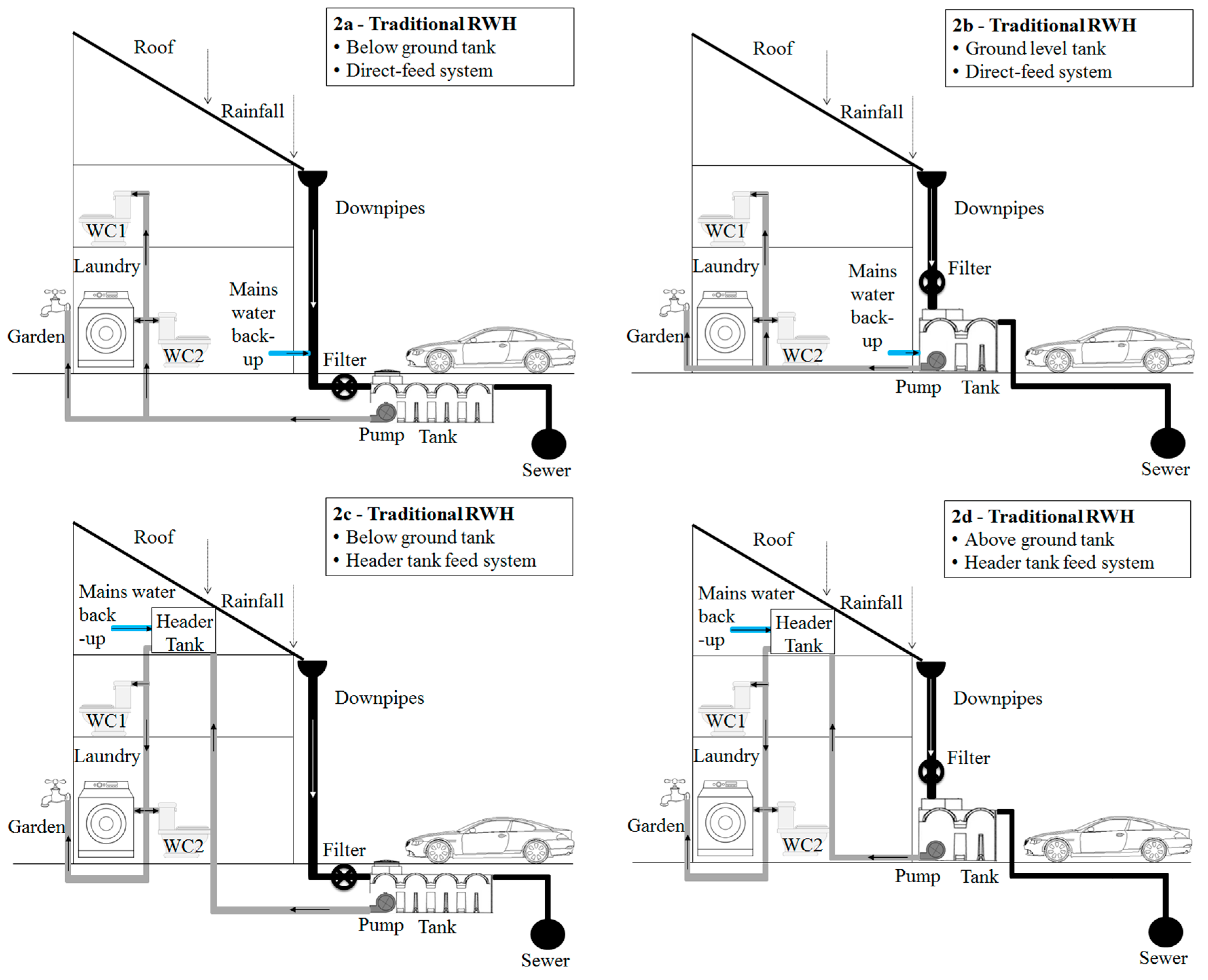With rainfall patterns changing almost every year the indian government has started looking at means to revive the traditional systems of water harvesting in the country.
Diagram traditional water harvesting system.
A taanka are also known as a tanka or kunds is a traditional rainwater harvesting technique common to the thar desert region of rajasthan india.
Ii capturing run off water from local catchments.
This traditional floodwater harvesting system is indigenous to south bihar.
Management of natural resources.
Traditional water has been harvested in india since antiquity with our ancestors perfecting the art of water management.
Water conservation is a key element of any strategy that aims to alleviate the water scarcity crisis in india.
Their traditional ways though less popular are still in use and efficient.
Traditional water has been harvested in india since antiquity with our ancestors perfecting the art of water management.
The two ways by which water harvesting can be undertaken are.
Explain the traditional water harvesting system with the suitable diagram write about the techniques of water harvesting ask for details.
They harvested the rain drop directly.
To perform this activity on your phone by yourself download spark learning app for free h.
The soil here is sandy and does not retain water.
The traditional system of water harvesting management in our legion are ponds pits and lakes where rainwater is stored.
Many water harvesting structures and water conveyance systems specific to the eco regionsand culture has been developed they harvested the rain drop directly.
In many parts of rajasthan rain water collected through rooftop harvesting is collected in large underground reservoirs called tankas.
It is meant to provide drinking water for and water security for a family or a small group of families.
A taanka is composed of a covered underground impermeable cistern on shallow ground for the collection of rainwater.
I capturing run off water from roof tops.
In south bihar the terrain has a marked slope 1 m per km from south to north.
Cbse class 10 physics chapter 16.
Follow report by topper19 25 02 2018 log in to add a comment.
Many water harvesting structures and water conveyance systems specific to the eco regions and culture has been developed.
An efficient system can reduce around 20 liters of inflow water running over many kilometers to 20 80 drops per minute.
Excess water is diverted to wells to recharge groundwater.
Groundwater levels are low.




























